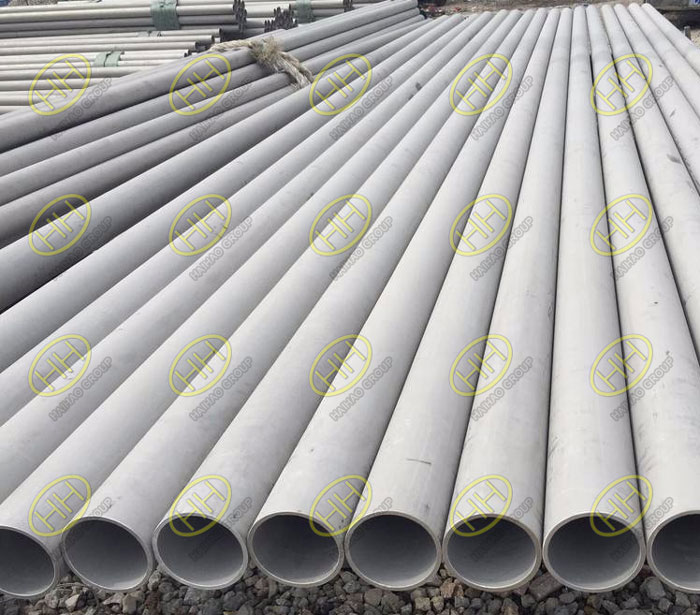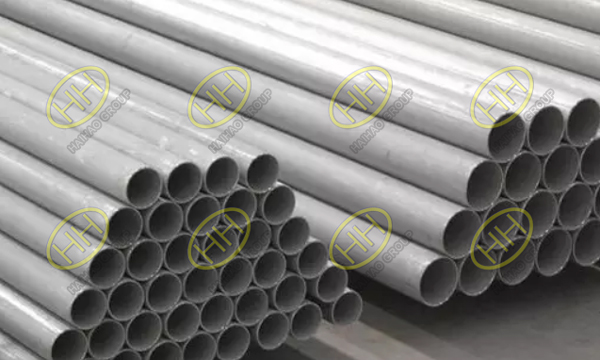Introduction to the advantages and disadvantages of stainless steel seamless pipes
Stainless steel seamless steel pipes are versatile and widely used in various industries. They are known for their corrosion resistance, durability, and strength. These pipes are available in different materials and standards, ensuring compatibility with diverse applications.As a professional pipe manufacturer, Haihao Group can produce stainless steel seamless pipes according to international standards, such as:ASTM A312 / A312M,ASTM A269,ASTM A213/A213M, EN 10216-5, JIS G3459, DIN 17456, ASME B36.19M,etc.We also can produce stainless steel seamless pipes of various materials such as 304,316,316L,321,etc.

ASTM A312 TP316L seamless steel pipes
Stainless steel seamless pipes are a popular choice in various applications due to their unique characteristics. Understanding both the advantages and drawbacks is crucial for making informed decisions in selecting these pipes.
Advantages of stainless steel seamless pipes:
High Forming Speed and Yield: Stainless steel seamless pipes are renowned for their rapid forming speed and high production yield. This characteristic enables the manufacturing of pipes with diverse cross-sectional forms, making them adaptable to a wide range of usage conditions.
Enhanced Yield Point: Cold rolling imparts significant plastic deformation to the steel, leading to an increase in its yield point. This enhancement in yield strength is beneficial for applications requiring robust and durable materials.
Improved Microstructure: Hot rolling disrupts the cast structure of the steel ingot, refining the grain size and eliminating defects in the microstructure. This process results in a dense and improved steel structure, contributing to enhanced mechanical properties.

Seamless steel Pipes
Disadvantages of stainless steel seamless pipes:
Metal Layering: During cold rolling, non-metallic inclusions within the steel (primarily sulfides, oxides, and silicates) can be compressed into thin layers, leading to metal layering or laminations. This phenomenon significantly compromises the mechanical properties of the steel along the thickness direction and may result in interlayer tearing during weld expansion.
Uneven Wall Thickness: The thermal expansion and contraction of metals, known as thermal cycling, can cause discrepancies in wall thickness. Despite meeting length and thickness standards during the cold rolling process, a negative deviation may occur after the final cooling. Larger negative deviations lead to poor uniformity in wall thickness.
Residual Stress: Uneven cooling results in residual stresses within the pipes, and the magnitude of these stresses increases with the size of the steel cross-section. Residual stresses can adversely affect various aspects of performance, including deformation, stability, and fatigue resistance.
Poor Surface Finish: The internal surface of stainless steel seamless pipes may exhibit longitudinal scratches forming symmetric or single straight-line patterns. These defects, either spanning the entire length or localized, contribute to a less-than-optimal surface finish.
Understanding the trade-offs between the advantages and drawbacks of stainless steel seamless pipes is essential for ensuring their appropriate application in various industries. Despite these challenges, proper quality control measures can mitigate potential issues and maximize the benefits of this versatile material.Contact Haihao Group to learn more about piping systems.
